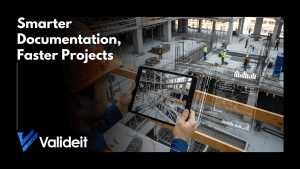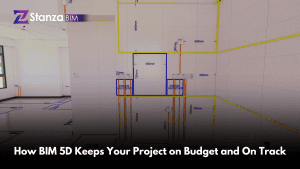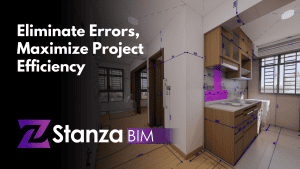In the dynamic landscape of the construction industry, staying abreast of technological trends is crucial for success. As we enter 2024, one of the vital trends shaping the future of construction is the integration of Data and AI Systems. This transformation is driven by recognizing these technologies’ immense potential in streamlining processes, improving efficiency, and fostering innovation within the construction sector.
The Role of Data and AI Systems in Construction:
Data and AI Systems are gaining prominence in the construction industry due to their ability to revolutionize decision-making processes, enhance project management, and optimize overall efficiency. Leveraging data analytics and artificial intelligence enables construction professionals to derive actionable insights, leading to informed decision-making, resource optimization, and improved project outcomes.
Common Data Environment (CDE) as a Cornerstone of Data and AI Systems:
At the forefront of Data and AI Systems in construction stands the Common Data Environment (CDE). A CDE is a centralized platform that serves as a shared repository for project-related data, providing a collaborative space for stakeholders to access, manage, and exchange information. Its purpose is to establish a single source of truth, ensuring data consistency, accuracy, and accessibility throughout the project lifecycle.
Benefits of Common Data Environment:
The adoption of a Common Data Environment in construction brings forth a myriad of benefits:
- It enhances collaboration by providing a unified platform for all project stakeholders, fostering real-time communication and coordination.
- It improves data governance, ensuring project data is secure, compliant, and subject to proper access controls.
- A CDE promotes transparency, as all stakeholders can access the same up-to-date information, reducing the risk of errors and miscommunication.

Transforming the Construction Ecosystem:
The impact of the Common Data Environment is not confined to a single phase of the construction process; instead, it spans the entire ecosystem, influencing design, planning, construction, and asset management.
In the design and planning stages, a CDE facilitates seamless collaboration among architects, engineers, and other professionals. It allows for integrating various design elements, ensuring a holistic and well-coordinated approach to project development.
During construction, a CDE ensures that all parties involved have access to the most recent project data, fostering efficient decision-making and reducing the likelihood of errors. Real-time updates enable quick adjustments to project plans, enhancing overall project control.
In the transition to asset management, a CDE continues to play a crucial role. It provides a comprehensive repository of information, including maintenance schedules, warranty details, and as-built documentation. This facilitates the smooth handover of projects and ensures the longevity and sustainability of constructed assets.
Adopting a Common Data Environment marks a significant stride in the construction industry’s journey towards embracing Data and AI Systems. As a central hub for project data, a CDE enhances collaboration and transparency and transforms the entire construction ecosystem. Its impact is felt from the early stages of design to the final transition into asset management, underscoring its pivotal role in driving efficiency, innovation, and sustainability within the construction sector. As construction professionals continue to navigate the industry’s complexities, integrating a Common Data Environment emerges as a cornerstone for success in the data-driven future of construction.
Reference:










